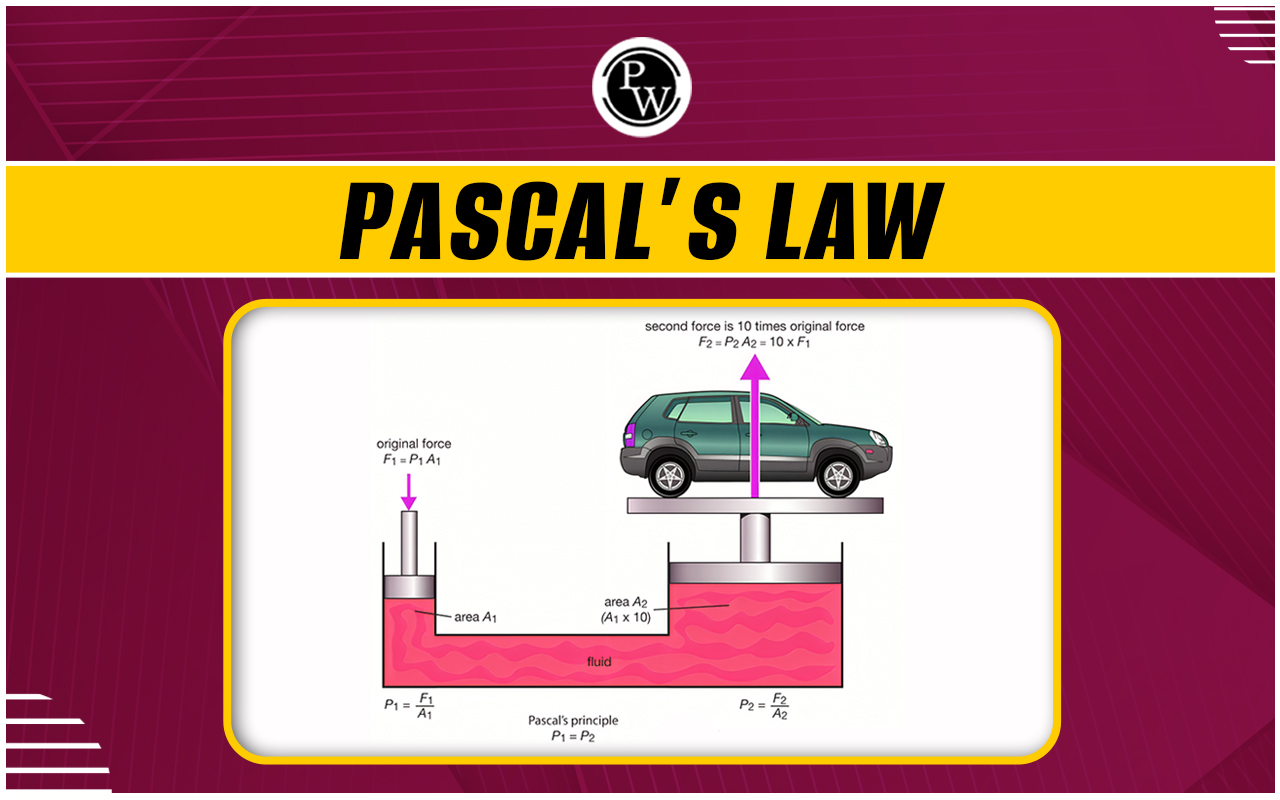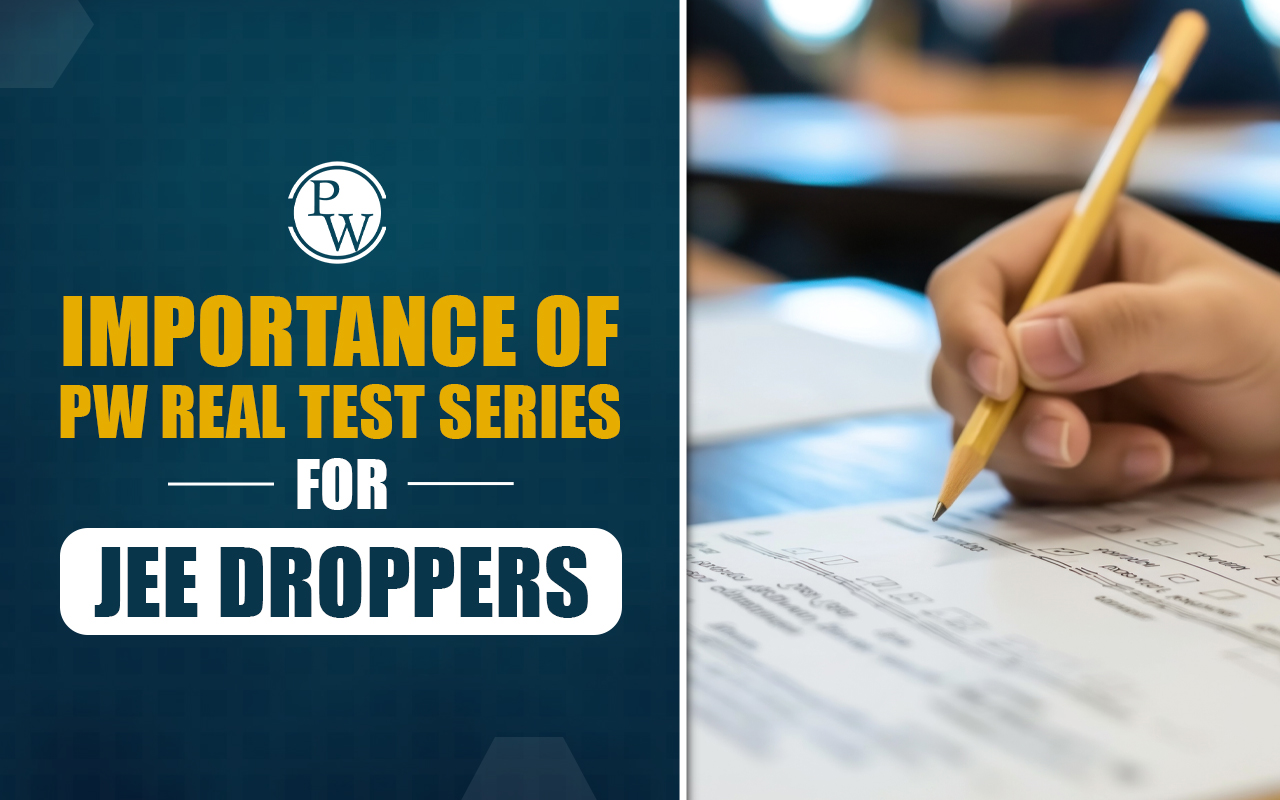

Pascal’s law : We will learn that Pascal’s law or the principle of transmission of fluid-pressure is a principle in fluid mechanics that states that pressure exerted anywhere in a confined incompressible fluid is transmitted equally in all directions throughout the fluid. The simplest instance of this is stepping on a balloon;
the balloon bulges out on all sides under the foot and not just on one side. This is precisely what Pascal’s law is all about – the air which is the fluid in this case, was confined by the balloon and you applied pressure with your foot causing it to get displaced uniformly.
Pressure Is Isotropic : Imagine a static fluid and consider a small cubic element of it deep within the fluid as shown in Figure. Since this fluid element is in equilibrium, therefore, forces acting on each lateral face of this element must also be equal in magnitude. Because the areas of each face are equal, therefore, the pressure on each of the lateral faces must also be the same. In the limit as the cube element reduces to a point, the forces on the top and bottom surfaces also become equal. Thus, the pressure exerted by a fluid at a point is the same in all directions – the pressure is isotropic.
Pressure
Pressure : The normal force or the thrust per unit area is called Fluid Pressure. Its S.I. unit is Nm −2 or pascal (Pa). Mathematically, we have
where (Δ F ) ⊥ is the normal force acting on surface of area A . If we consider an imaginary surface within the liquid, then the fluid on both the sides of the surface exerts equal and opposite force (Δ F ⊥ ) on each surface as shown. If this is not the case then the liquid surface will accelerate and the fluid will not remain at rest.
where F ⊥ is the normal force acting on one side of the imaginary surface. The average pressure in the fluid at the position of the element is given by
1 atm = 1.01325 × 10 5 Pa
1 bar = 1.00000 × 10 5 Pa
Pascal’s Law
Pascal’s Law : Liquids, being incompressible are capable of transmitting the pressure applied at one point to any other point. A principle regarding this was formulated by Blaise Pascal (1623-1662), a French mathematician, physicist and philosopher. The formulation is called Pascal’s Law.
∙ The excess pressure, applied anywhere in a mass of a confined incompressible fluid (or liquid), is transmitted by the fluid in all directions and acts undiminished at every point of the fluid and at right angles to the surfaces exposed to the fluid. Consider a vessel full of water and filled with air tight pistons in different position as shown.
Let the piston at
A
be pushed down with a force
F
1
(shown in Figure). Pressure
P
on the piston is
where
a
1
is the area of cross-section of piston at
A
. It will be observed that to hold pistons at
B
,
C
,
D
and
E
we have to apply forces
F
1
,
F
2
,
F
3
,
F
4
and
F
5
on them such that
Hydraulic lift is used to support or lift heavy objects and works on the principle of Pascal’s Law. This principle is used in a hydraulic jack or lift, as shown in Figure.
The pressure due to a small force F 1 applied to a piston of area A 1 is transmitted to the larger piston of area A 2 . The pressure at the two pistons is the same because they are at the same level.
1. Absolute pressure is always positive and is never equal to zero:
2. Gauge pressure may be positive, zero or negative.
3. Positive gauge pressure means that pressure at a point is more than the atmospheric pressure.
4. Negative gauge pressure means that pressure at a point is less than the atmospheric pressure.
5. Practically, the exact value of absolute pressure cannot be measured due to the uncertainty in the value of atmospheric pressure.
6. The atmospheric pressure varies from place to place and at a place from time to time.
Variation Of Pressure With Depth
Let
A
be the area of cross section of this volume element,
dy
be its thickness,
P
0
be the atmospheric (i.e., outside) Pressure acting on the free surface of liquid,
F
be the total force acting downward on the top face of the volume element =
P
×
A
,
be the total upward force acting on its bottom face = (
P
+
dP
) ×
A
,
dW
be the weight of this volume element, acting downwards.
As this volume element is in equilibrium,
( P + dP ) – PA = dW
or
Q. 1: What is electronegativity, and why is it important in chemistry?
Q2: How is electronegativity used to determine bond polarity?
Q3: How does electronegativity vary across different groups and periods of the periodic table?












